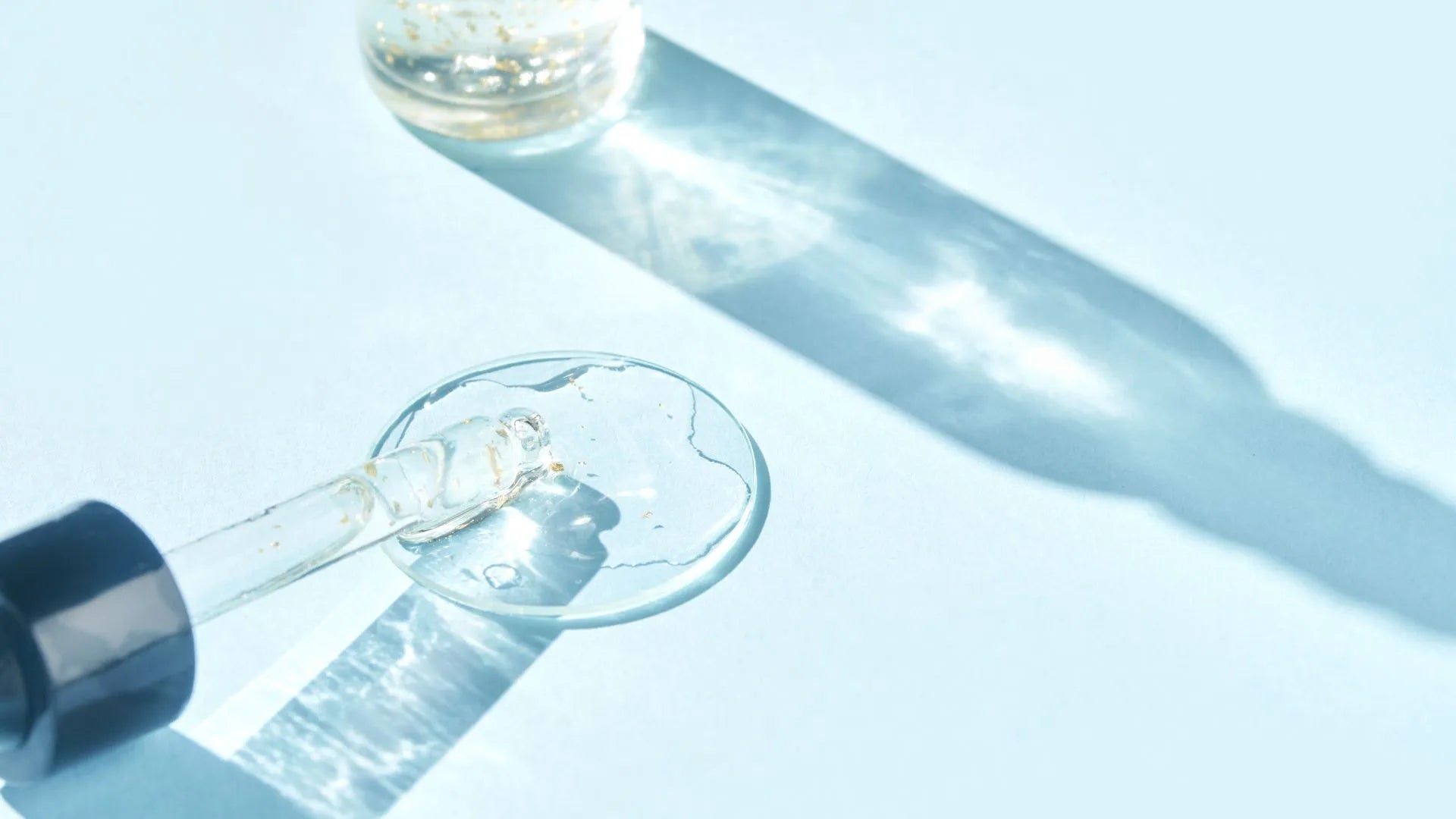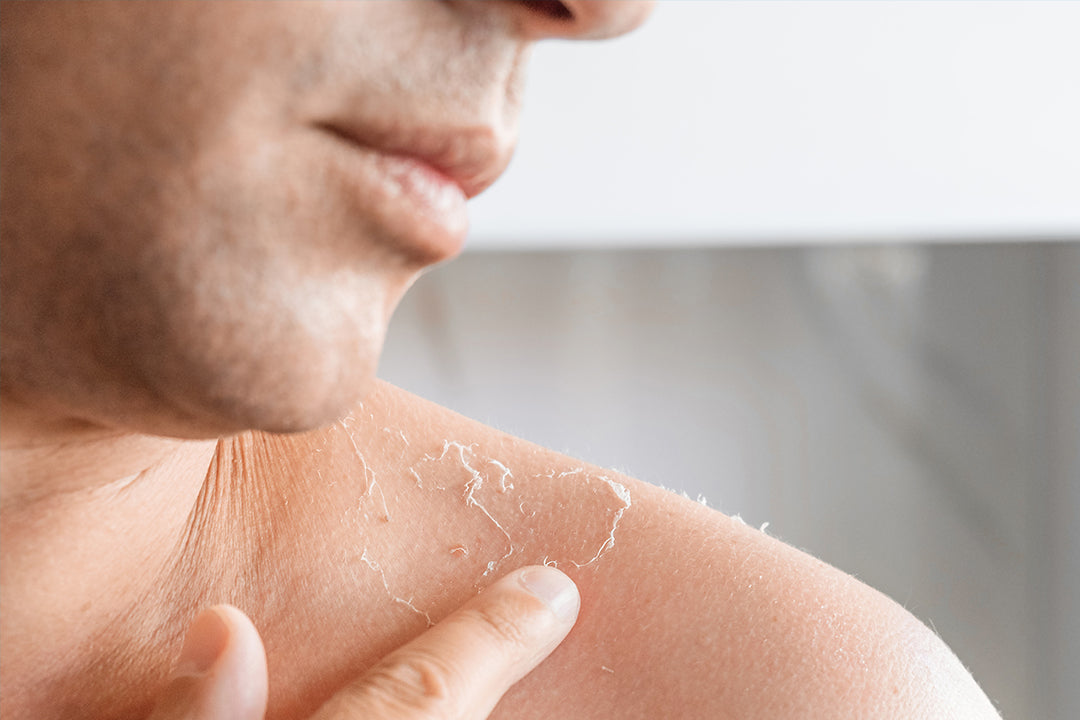Salicylic acid is a popular ingredient in many skincare products due to its ability to exfoliate the skin and treat acne. However, improper use of salicylic acid can lead to burns and scars on the skin. In this article, we will discuss how to treat and prevent salicylic acid burn scars.
Can salicylic acid burn your skin?
While salicylic acid is generally considered safe for most people, it can cause skin irritation and burning if used improperly or in high concentrations. This is especially true for individuals with sensitive skin.
Salicylic acid works by penetrating the skin and dissolving excess oil and dead skin cells. However, if it is left on the skin for too long or used too frequently, it can disrupt the skin's natural moisture barrier, leading to dryness, redness, and burning.
First Aid for Salicylic Acid Burns
If you experience a salicylic acid burn, it is important to take immediate action to minimize damage to the skin. Here are the steps you should follow:
1. Wash the affected area with cool water for at least 10 minutes to remove any remaining salicylic acid.
2. Apply a cold compress to reduce pain and inflammation.
3. Do not pop any blisters that may form as a result of the burn.
Treating Salicylic Acid Burn Scars
Here's what you can do to soothe the burn and minimize scarring:
1. Stop the Source: Immediately halt using any salicylic acid products. Your skin needs time to heal.
2. Hydration is Key: Moisturize the affected area with a fragrance-free, gentle moisturizer. Look for ingredients like hyaluronic acid or ceramides to promote healing.
3. Gentle Does It: Avoid harsh scrubs, cleansers, and other irritating products. Let your skin focus on healing.
4. Soothe the Burn: For temporary relief, apply a cool compress to the affected area.
Alternative Treatments for Burn Scars
If you have already developed salicylic acid burn scars, there are several treatment options available:
1. Topical creams and ointments: These can help fade the appearance of scars over time.
2. Laser therapy: This treatment can stimulate collagen production and improve the texture of the skin.
3. Microdermabrasion: This procedure exfoliates the skin and can help reduce the appearance of scars.
How to prevent salicylic acid burns
To prevent salicylic acid burns, it is important to use products containing salicylic acid as directed and to start with a lower concentration if you have sensitive skin. Here are some tips to keep in mind:
1. Start with a lower concentration: If you are new to using salicylic acid, start with a product that has a lower concentration (around 0.5% to 2%) and gradually increase the concentration if your skin tolerates it.
2. Follow the instructions: Always follow the instructions provided with the product, including the recommended usage frequency and duration. Avoid leaving the product on your skin for longer than recommended.
3. Use a moisturizer: Salicylic acid can be drying to the skin, so it is important to use a moisturizer after applying products containing salicylic acid. Look for a moisturizer that is oil-free and non-comedogenic.
4. Avoid combining with other exfoliants: Using multiple exfoliating products at the same time, such as salicylic acid and physical scrubs, can increase the risk of skin irritation and burning. Stick to one exfoliating product at a time.
5. Protect your skin from the sun: Salicylic acid can make your skin more sensitive to the sun, so it is important to wear sunscreen with at least SPF 30 and to limit sun exposure while using products containing salicylic acid.
When to seek help for salicylic acid burns
If you experience severe burning, redness, or blistering after using a product containing salicylic acid, it is important to seek medical attention. These symptoms may indicate an allergic reaction or a chemical burn, and a healthcare professional can provide appropriate treatment.
Takeaways
Salicylic acid can be a great addition to your skincare routine, but it is important to use it safely to avoid burns and scars. If you do experience a salicylic acid burn, follow the first aid steps mentioned above and seek professional help if necessary. By taking proper precautions, you can enjoy the benefits of salicylic acid without worrying about potential side effects.









